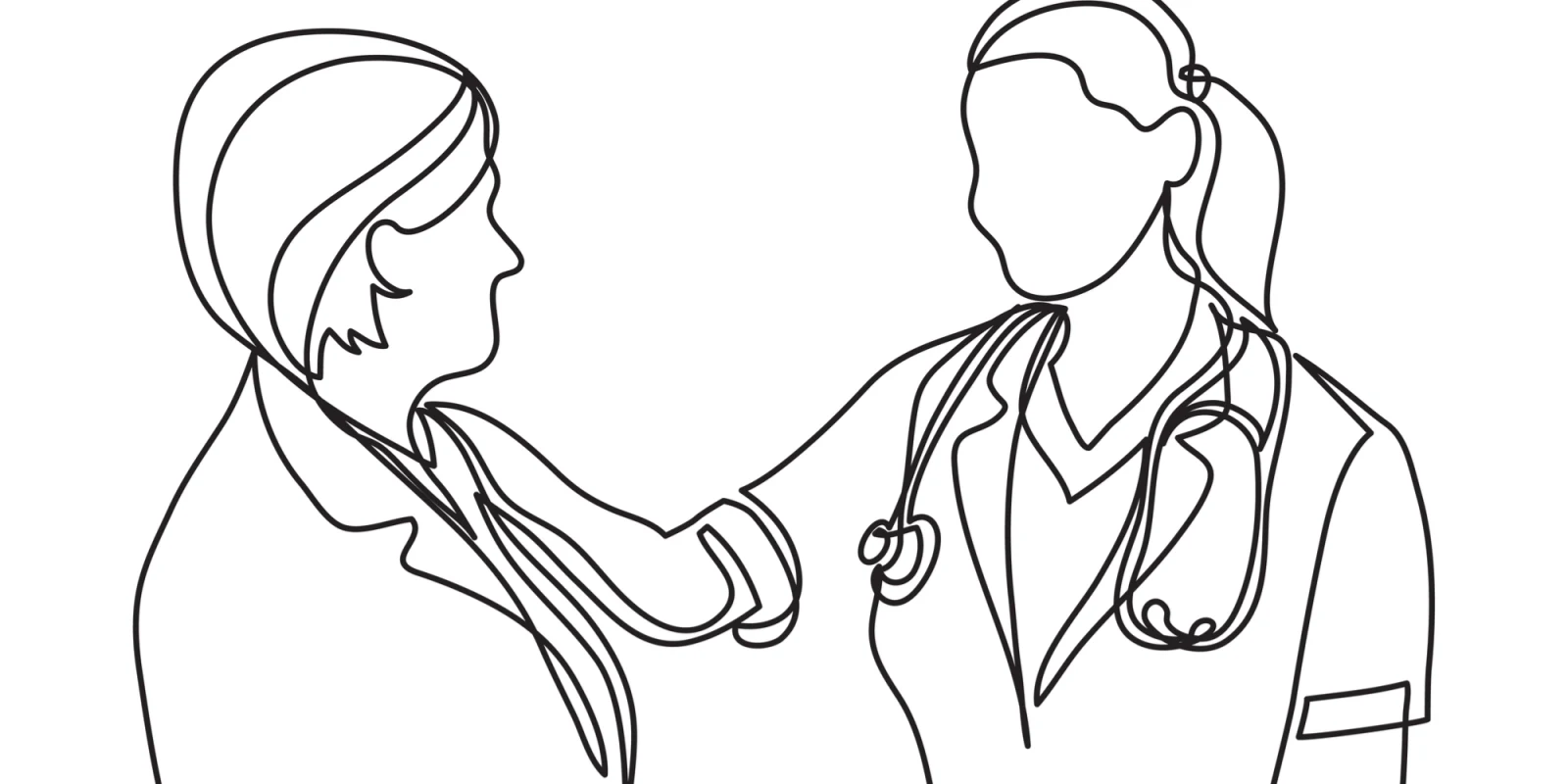
Trust: Belief in something that is true, to place confidence in, give to for safekeeping.
– Dictionary.com
Sitting across from Rachel during her prenatal visit I tell her, “it looks like you still have a bladder infection.” I’m puzzled because I know I gave her the appropriate antibiotics. I look up at her, her long brown body gives no suggestion of carrying a baby inside, but her face carries a faint hint of pale from morning sickness.
“Oh, I didn’t take the prescription,” she responds, a sheepish smile on her face. “I felt fine, so I didn’t think I needed the antibiotics.”
Wait! What?!? She didn’t take the antibiotics? Why?
As a physician, building a trusting relationship with my patients is part of the foundation of caring for them. But trust is not simple.
With every patient, I start building the layers of trust by getting to know them, where they work, who they live with, what makes up their world that may affect their overall health. Over time, in the safety of my office, this often leads to patients revealing their concerns, fears, and innermost secrets. “I think my husband is having an affair,” “I’m so scared, I felt a lump in my breast last night,” or “I’m afraid of becoming a mother” are shared with me in confidence.
Beyond this, patients are trusting me with their very bodies. Undressed, they allow me to touch them, feeling their vulnerability under layers of flesh, fat, and muscles. “I’m embarrassed about my weight gain,” “I hate my belly after having a baby” or “I was abused, and I’m scared to have a pelvic exam” can surface as I gently touch their body during their exam.
Then there are some patients that place their lives in my hands for “safekeeping” when I need to literally open their bodies to remove a diseased ovary or perform a c-section. Their eyes reveal “I’m scared of anesthesia, I’m scared of losing control, and I’m scared of what you will find.”
In obstetrics, there is the added complexity of another patient, the baby. Caring for two patients at once requires constantly weighing both mother’s and baby’s needs at once and sometimes making decisions that are best for one but not the other. Admittedly, there are days when I am weary of the questioning, the “but is it safe in pregnancy?” reaction. I wonder why patients would think that I don’t consider both of them.
Returning to Rachel, I respond “in pregnancy, it is especially important to treat bladder infections so it doesn’t become a kidney infection or worse.” I feel my voice rising with impatience. My mind is spinning. What the heck is she thinking? She could get really sick, she could go into preterm labor, she could… I take a deep breath.
“Tell me more about why you didn’t take the antibiotics.” I finally say.
“Well, I don’t like taking antibiotics. And I was afraid it would hurt the baby.” She looked down and added, “and my husband told me not to.”
It was not easy for me to stay quiet, listening to her, I wanted to refute each reason immediately. In the end, she trusted her husband, despite his lack of medical knowledge, more than me, her medical provider.
As I sit one-on-one with a patient, the many layers of our relationship unfold. It can feel like a nebulous orb of energy floating between us. Sometimes the energy is a clear, refreshing, light summer breeze engulfing us in warmth and our relationship blossoms with mutual respect. At other times, it is a hazy, heavy fog causing us to misstep as we plod through it, never really connecting with each other. I can feel when there is a shift from lightness to the fog, as if someone just sucked all the clear air out of the room. I try to right it by taking a step back, seeing where I may have lost the connection, and relying on our previous bond to steer me. But sometimes, one stumble is enough to lose it forever. It is sad for me when the bond is that weak or unforgiving after years of building our relationship.
And so with Rachel, I step back to clear the air between us by listening to her concerns and acknowledging that I heard her. It means agreeing on a plan. Rachel and I decided to repeat the urine culture and if it still showed an infection, she would take the antibiotics.
The last bit of trust rests with me. I need to acknowledge my emotional reactions that can affect our relationship. The anger. Why do patients trust celebrities or pure strangers on the internet over me? The hurt. Why do patients think I would not want what is best for them? When I go deeper, I need to question myself. Am I not communicating clearly? Am I not listening or understanding their concerns? Am I too tired, stressed, or rushed to take the appropriate time?
I leave Rachel and move on to my next patient. As I open the exam room door, I start over again, weaving the layers of trust with this new patient.
Andrea Eisenberg has been an obstetrician/gynecologist in the Metro Detroit area for nearly 25 years. Through her many years in women’s health, she has shared in countless intimate moments of her patients, and shared in their joys, heartaches, secrets, losses and victories. In her writing, she captures the human side of medicine and what doctors think and feel in caring for patients. She has documented these stories on her blog. She has been a contributor to Intima, A Journal of Narrative Medicine and Pulse, Voices From the Heart of Medicine. Andrea is also a contributing author at BBN Times and a guest rotating blogger on KevinMD and Doximity. She is currently in Doximity’s 2018-2019 Authors Program.
Image: one line man / shutterstock






